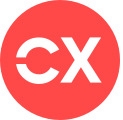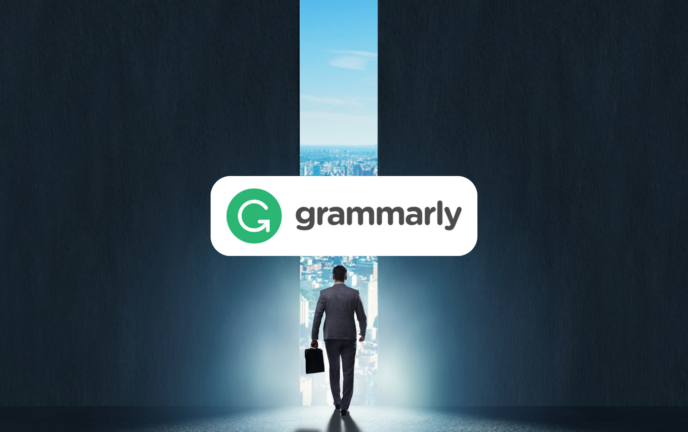For many businesses, the contact center is their first (and sometimes only) contact with customers.
It is their chance to impress them by providing a seamless and pleasant experience. In doing so, agents rely almost solely on the capabilities of the contact center solution they are using.
Research shows that a contact center solution offering a live chat option contributes to a high customer satisfaction rate.
However, it is not mandatory that every business needs to implement a contact center solution with the latest, most advanced capabilities to drive great customer experiences.
The main goal of a contact center solution is to connect the customer with a suitable agent and quickly handle their request. As customer expectations rise, contact centers should also keep a record of previous interactions and even predict what customers will need in future.
But for now, let’s look at the six fundamental elements organizations should consider when choosing a contact center solution before we move on to more sophisticated tools for improving CX.
1. Features
As Bill Gates once said: “The first rule of any technology used in a business is that automation applied to an efficient operation will magnify the efficiency.
“The second is that automation applied to an inefficient operation will magnify the inefficiency.”
The first and perhaps the most obvious aspect of a good contact center solution is that it offers features that meet the needs of your business. No matter how advanced tools a contact center solution has, if they do not benefit your organization in some way or the other, it is a poor investment.
Consider the following questions:
- What is your organization’s core activity?
- What communication channels do you employ to interact with your customers?
- Does your contact center handle inbound or outbound calls or both?
With the cloud being one of
the most demanded and dynamic technologies of modern business, the benefits of switching to a cloud-based contact center are numerous, from reduced costs and improved ROI to optimized agent efficiency and better customer experiences.
Obviously, in today’s digital day and age, you might want to incorporate a number of digital channels into your contact center solution of choice. There might also be a need for Interactive Voice Response (IVR) which handles inbound calls, improving call flow and reducing wait times.
2. Integration
A good contact center solution should be versatile enough to integrate with your existing tech stack. It is essential that the new solution can integrate with the most popular Customer Relationship Management (CRM) systems, alongside legacy tools.
3. Deployment
One of the top requirements when it comes to solution deployment is that it is quick and seamless. Look for a solution that is easy to implement and causes zero disruption until it is fully functional.
Thanks to the cloud, a deployment of a virtual contact center can take anywhere from a few days to a few weeks, depending on your organization’s size.
4. Security
To successfully handle and resolve customer queries, contact center employees will need to ask for certain personal information about customers. Considering that contact centers typically store large amounts of sensitive data, a good solution needs to provide encryption and implement the latest security measures. To ensure that your software complies with the best security and privacy practices, look for a vendor that is GDPR and CCPA compliant.
5. Technical Support
Inevitably, there will be times when your contact center employees are going to experience technical difficulties while using the solution. A good vendor should offer continuous and reliable tech support that can efficiently handle any issues and get the solution up and running in no time, minimizing disruption.
6. Price
Finally, after you’ve found a solution that ticks all the boxes, the price is the last (not the least important!) element that influences the choice of contact center software. Pricing structures can come in different forms, including upfront payments and pay-as-you-go solutions.
Again, it all comes down to your business’s unique needs.









